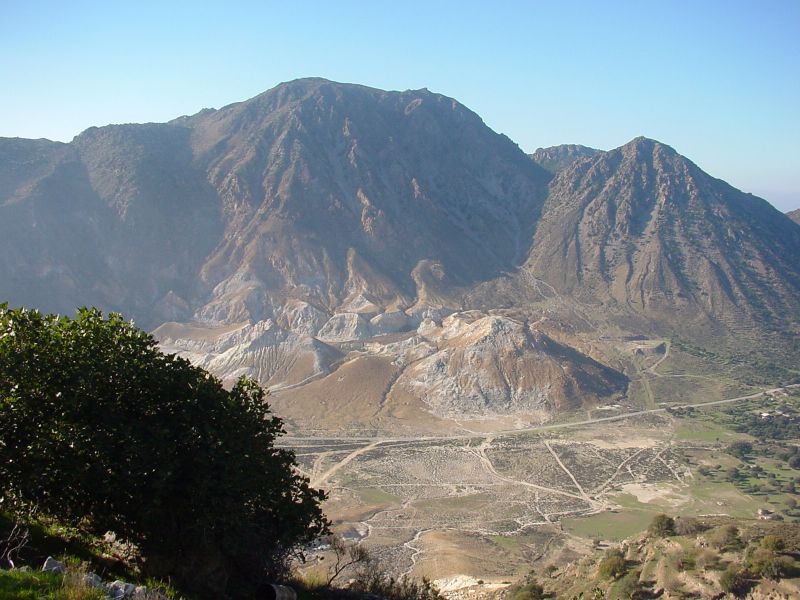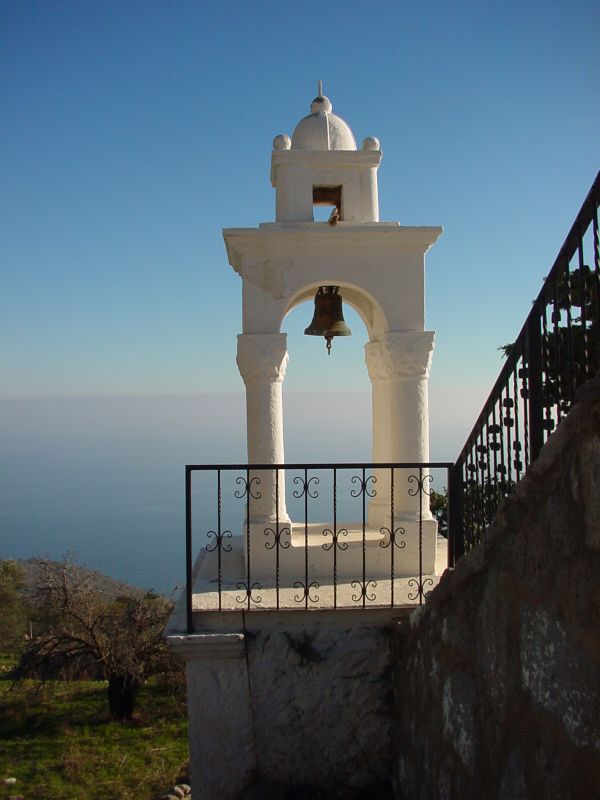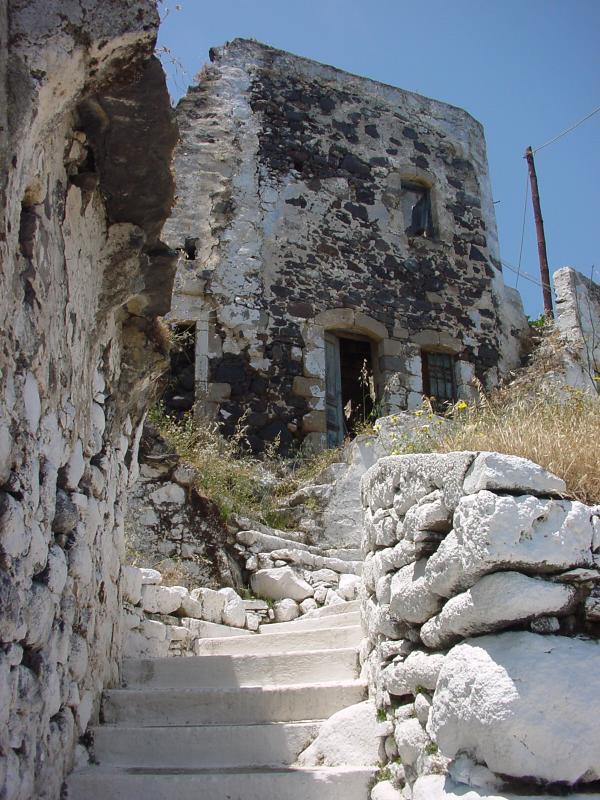|

|
Other Islands of the Dodecanese.
NISSYROS.

Map of Nissyros.
Text from Davaris Publications. - Greek Islands: DODECANESE.
















The Village "Mandraki".















The Village "Nikia".




















The Village "Emborio".

























The Village "Pali".















Click on the image to enlarge.
Back to the Top of the page!
Take me back to the previous page!
|

![]()

![]()
![]()


























































































